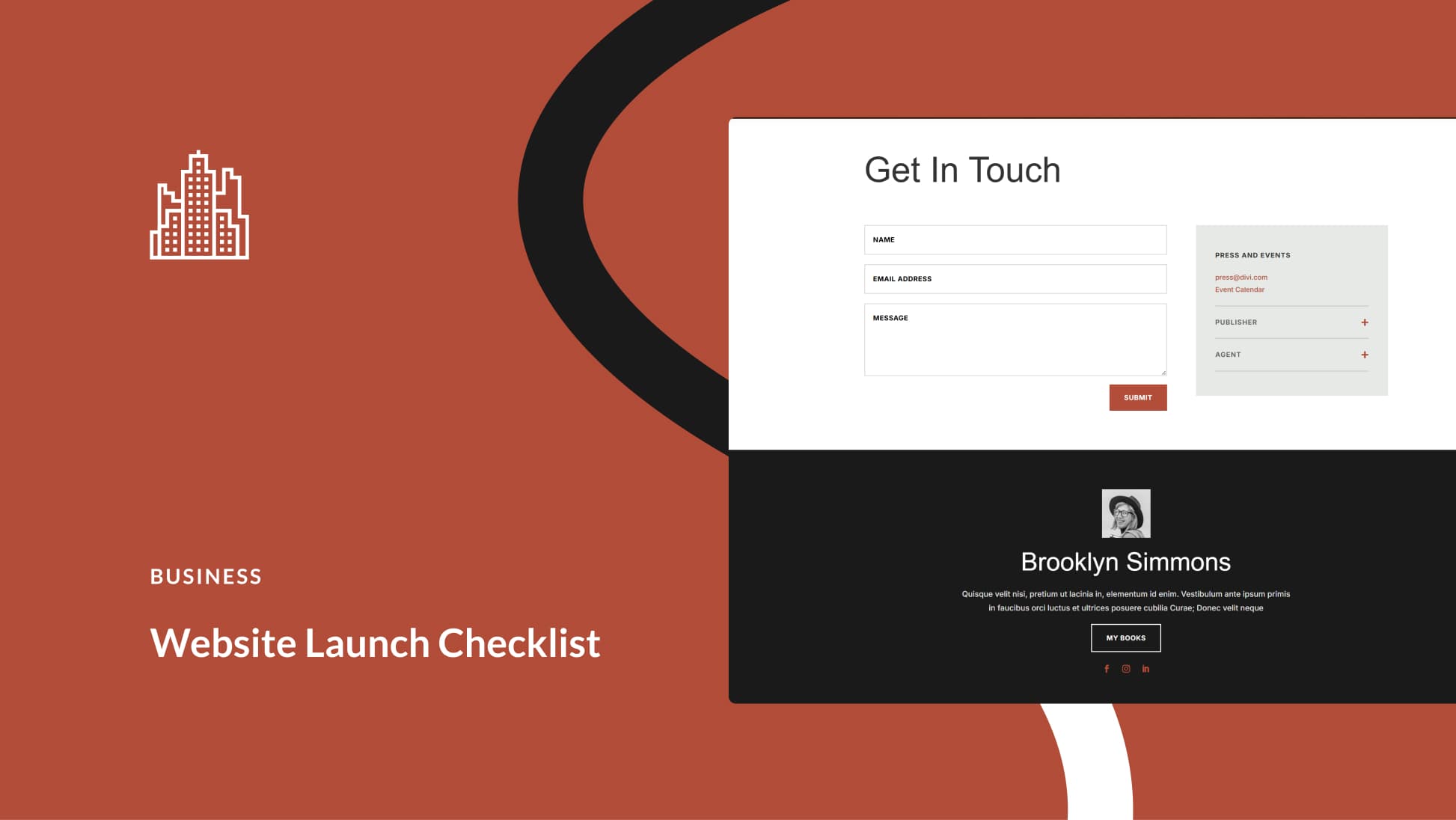All businesses look at their customers’ pain points to get an idea of how to help them better. Companies and brands like yours are fixing their clients’ pain points every day. But what sometimes gets overlooked, is the company’s own pain points. This can lead to a company’s demise, simply for not looking inwards and solving situations quickly and efficiently.
In this post, we’ll go through some tips on how to find and fix pain points in your business.
A bit of advice: dig deep into the problem to find the best possible solution. The most obvious solution might not be the most suited to the problem. It’s ok to ask for help if you can’t figure it out for yourself.
What is a Pain Point?
In simple terms, a pain point is a problem. Specifically, a problem which is not permitting your company to grow in a positive way. It can be small or it can be complex and difficult to pinpoint.
Thankfully, there are four main kinds of pain points. Knowing them can help you figure them out for any business, including your own. See them below.
Financial Pain Points
Financial pain points are problems that have to do with money. Generally speaking, these are problems which cause your company to spend way too much on something that isn’t giving back. In other cases, it can pertain to spending too much on services, products, or apps that are simply too expensive for what you can afford.
Productivity and Process Pain Points
Productivity and process pain point are tied together because good processes improve productivity, and vice-versa. These revolve around how productive your company is. They can arise from using the wrong type of system or software, or from using one that is too expensive for what it does. Another productivity and process paint point can show up inside the employee organization of your company when key people aren’t working well together.
Support Pain Points
A support pain point is one that is easier to see in your customers and not so much inside your company. But when you think about how your company works with other companies to get something done, there is always a level of support you get from them. If you have a support problem with a supplier, collaborator, etc, then that’s a pain point. Especially if that problem is holding your company back instead of helping it grow.
How to Find the Pain Points in Your Business
Most pain points fit into a common list: not closing enough sales, not closing enough deals, losing money in unfit systems, wasted time from undependable staff, limited marketing on a budget.
But in some cases, they might not be too clear at first. In order to define a specific pain point in your business, you have to do some digging.
For example, your customer service team spends too many hours fixing billing problems and the billing department is using valuable time trying to solve every case. Is the pain point inside your billing team or is it with the systems you are using? This where you have to do the research. Have conversations with both teams, and with your customers, to find where the pain point is. It might be that your website’s checkout process is confusing or that your credit card system is faulty. You will only pinpoint the actual problem after taking a deeper look at the process.
Another example: your employees are constantly getting sick and asking for sick days. This doesn’t help with productivity and makes you lose money. Can it really be that they are all getting sick at the same time out of coincidence? It might be that your office has a ventilation or mold problem and that’s what is making them sick.
In some cases, you might need outside help to find the specific pain point which is making you lose money. Business analysts find pain points in your systems and processes. Human resource specialists find pain points within your staff. And financial analysts can do audits to find a specific financial pain point.
Why It’s Important to Fix Pain Points Inside Your Business
Pain points are sometimes small and easy to fix, but other times they are quite large and seem impossible to solve. No matter the size and complexity of the problem, it needs to be solved for your company to grow and expand. If you don’t fix them, you won’t be able to serve your customers how they deserve because your focus will be on how your immediate problems are not being solved.
Just as how there are different styles of pain points, there are also different kinds of solutions.
Different Solutions for Different Pain Points
For small pain points like using the wrong billing systems, all you have to do is change to a better system. But for bigger problems, solutions tend to become more complicated. Low conversions need landing page and website redesigns, billing system fixes, sales team training, better SEO implementation, and advanced social media management.
In some cases, the pain point is so large that there is no viable solution and the company needs to take a massive pivot. In some cases, a pivot will save a company from slipping into oblivion. For example, the e-commerce platform, Shopify, was created as a custom-made online store that didn’t do very well at all. The creators then started selling the platform instead and Shopify was born.
Conclusion
As you can see, fixing your clients’ pain points is not enough to make your business grow. It’s also extremely important to find and fix the ones inside your own company environment. In essence, you could say that business working with other business is just a chain of problem-solving. One company solves the problem of another and that one solves it for another.
Trust your instincts when pinpointing a pain point within your business and don’t be afraid to take the steps towards fixing it. Yes, you might need to find some extra cash flow to get it done, but if it’s done well it can save your company and your brand.
Featured image via Vector Plus Image / shutterstock.com









This article is just amazing, learnt alot. Hope it helps. Thankyou
You can use other’s pain point to your advantage.This is the simple technique I use:
Go to the forums of existing products, where users are complaining.
If you see enough people complaining about the same thing, that may signify there is enough demand for a product that addresses those needs.
Search and see if any other product matches those needs. If not, there might be an opportunity.